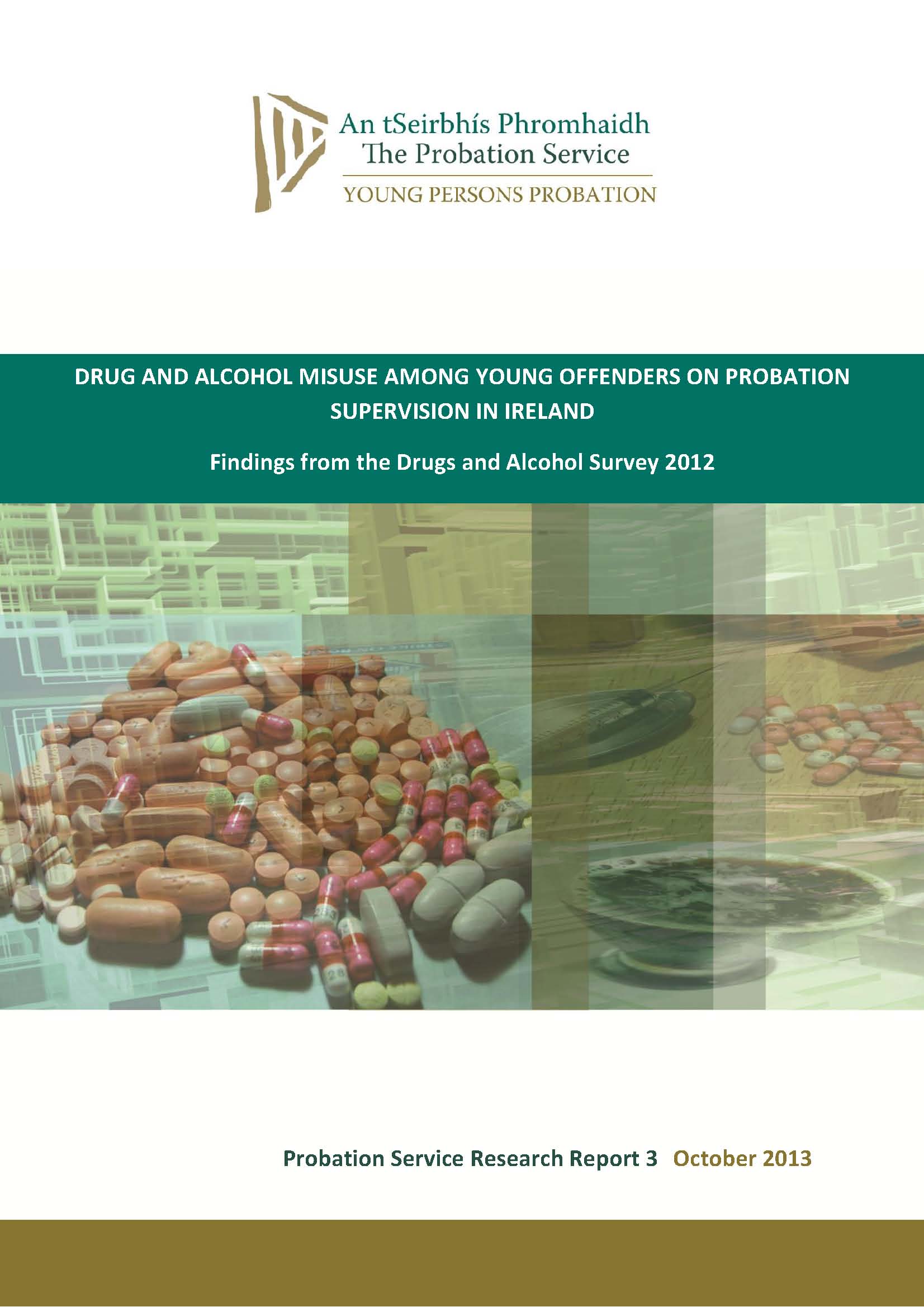Connolly, Johnny (2014) Investigating the links between substance misuse and crime among young offenders. Drugnet Ireland, Issue 49, Spring 2014, pp. 16-17.
| Preview | Title | Contact |
|---|---|---|
|
PDF (Drugnet Ireland 49)
- Published Version
1MB |
A better understanding of the nature of the connection between drug use and offending has implications for drug and crime prevention and for treatment and criminal justice interventions.1 A major impediment in this area in Ireland, however, is the absence of research and data from within the criminal justice system. Although annual data are available from the Central Statistics Office and the Courts Service on the number of drug offences (infringements of drug laws such as possession and supply) that are committed, and from the Irish Prison Service on the number of prison committals for drug offences, data are not routinely available on the number of drug-related offences committed as a consequence of substance misuse, whether alcohol-related public order offences or thefts committed by dependent drug users to feed their drug habit, for example. The development of a knowledge base of this kind often requires further analysis of the data compiled within agencies of the criminal justice system.

The main objectives of the latter survey were:
With regard to the link between substance misuse and crime, in more than 80% of cases substance misuse was linked, in the professional opinion of the probation officer, to current offending. Alcohol was the substance most frequently linked to offending for 61.7% of females and 43.8% of males. Drug misuse on its own was linked to a relatively small amount of offending. Public order was the most common offence category linked to offending and ‘in nearly 70% of those cases alcohol was the substance of misuse’ (p.30). In cases of assault, over half of the cases identified alcohol as the substance of misuse. Again, these findings are consistent with those of earlier Irish research in this area.4 Over half of the survey population had attended some form of drug/alcohol treatment, the majority of whom were aged between 18 and 20 years.
- For a general discussion see Connolly J (2006) Drugs and crime in Ireland. HRB Overview Series 3. Dublin: Health Research Board.
- Martyn M (2012) Drug and alcohol misuse among adult offenders on probation supervision in Ireland: findings from the drugs and alcohol survey 2011. Navan: The Probation Service. www.drugsandalcohol.ie/18746. See also Connolly J (2013) Investigating the links between substance misuse and crime. Drugnet Ireland, 45: 15.
- Horgan J (2013) Drug and alcohol misuse among young offenders on probation supervision in Ireland. Navan: The Probation Service.www.drugsandalcohol.ie/21333
- Institute of Criminology (2003) Public order offences in Ireland: a report by the Institute of Criminology, Faculty of Law, University College Dublin for the National Crime Council. Dublin: Stationery Office. www.drugsandalcohol.ie/5437
- Department of Community, Rural and Gaeltacht Affairs (2009) National Drugs Strategy (interim) 2009–2016. Dublin: Department of Community, Rural and Gaeltacht Affairs. (p.97).
VA Geographic area > Europe > Ireland
T Demographic characteristics > Person who commits a criminal offence (offender)
MM-MO Crime and law > Crime deterrence
MM-MO Crime and law > Justice system
MM-MO Crime and law > Crime > Substance related crime
J Health care, prevention, harm reduction and treatment > Risk and protective factors > Risk factors
MM-MO Crime and law > Criminal penalty / sentence > Community service > Probation or parole
F Concepts in psychology > Behaviour > Risk-taking behaviour
Repository Staff Only: item control page